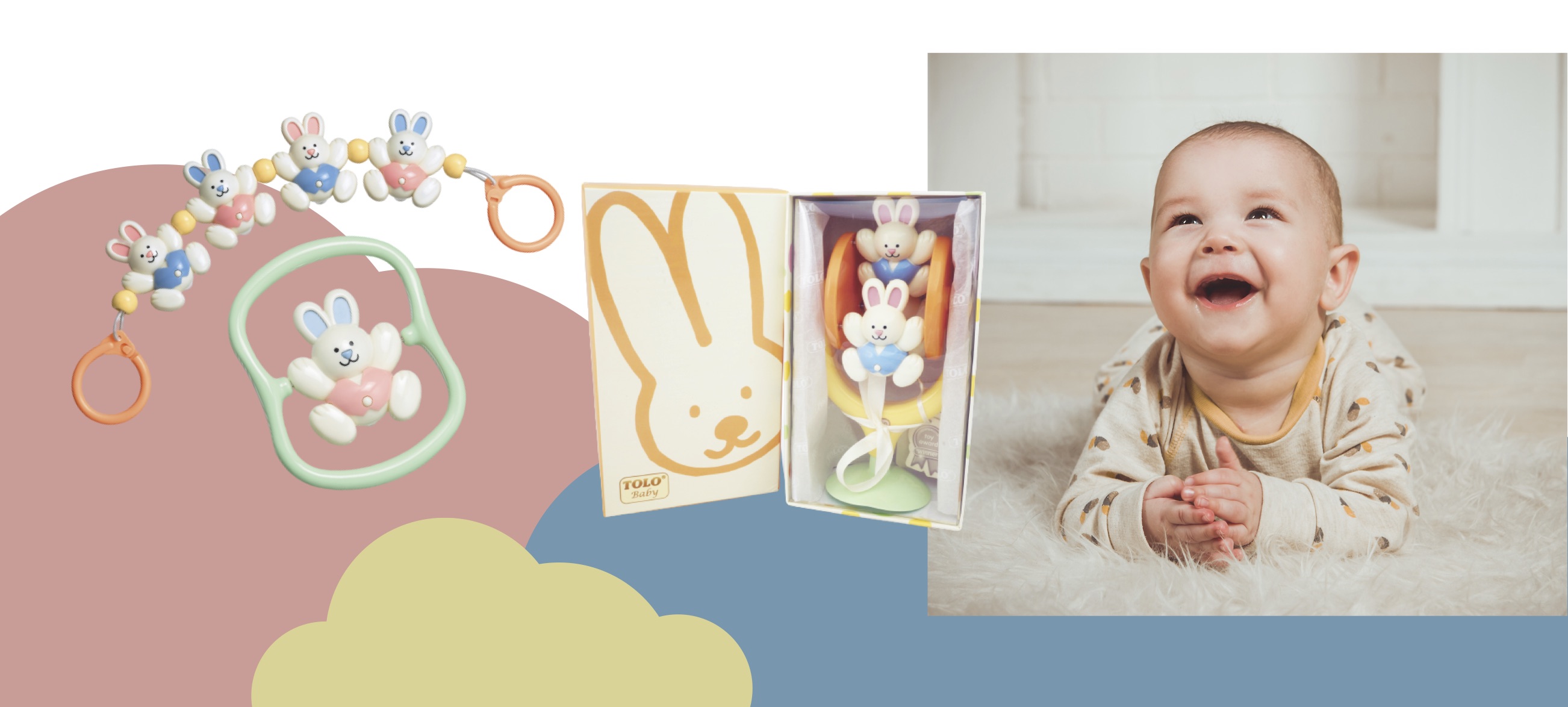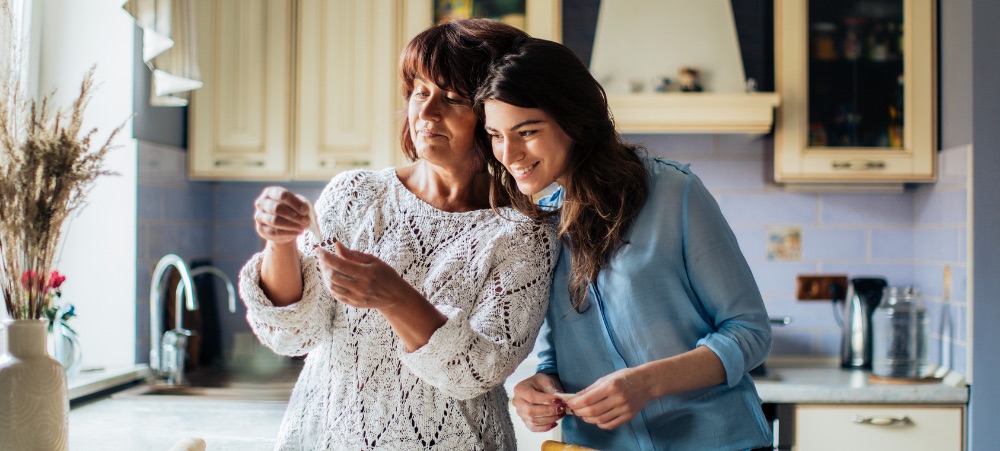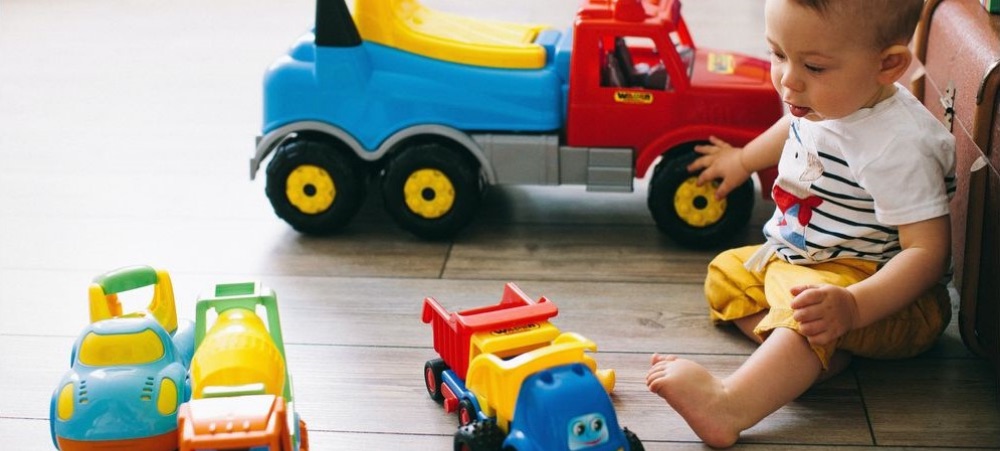
Vaccines and the way forward
Bonitas Medical Fund, gives an update on Covid vaccines and how the Fund is positioned for the rollout to its members. Various scenarios have been presented regarding the speed of propagation of the third wave – the worst assumption is that it will be twice as fast as the second wave. The best case scenario is that the virus is 50% more transmissible than the second wave. Regardless, the urgency for the roll out of the various phases of the vaccination programme is undeniable. Unfortunately private procurement of the vaccine is currently prohibited but as procurement is opened to other entities, we will take every step to ensure we have access to vaccines for our members. We want to mitigate the risks of them contracting Covid-19 as well as getting seriously ill or dying, which is why we are working behind the scenes to ensure we are ready to roll out the vaccine to our eligible members. Medscheme (Bonitas’ administrator) is engaged and collaborating with the Department of Health (DoH), Business for SA, Board of Healthcare Funders (BHF) and various industry stakeholders in order to assist with the rollout from Phase 2. We are also in the process of requesting accreditation to set up private vaccination centres. This will ease access for our ‘at risk’ members and provide a broader footprint, including remote areas of the country. Our over 10 000 members, who are healthcare workers, have already started the vaccination programme in Phase 1. There are around 72 000 members who are classified as ‘Essential/Congregate workers’ and 185 000 high risk members who are either over 60 or have comorbidities. We intend beginning the Phase 2 rollout as soon as the vaccine is secured. The latest information on South Africa’s procurement of vaccines is that there are: 11 million doses of Johnson & Johnson (J&J) 20 million doses of Pfizer BioNTech A further 20 million doses of the J&J is being negotiated. This would be sufficient to cover the targeted 37 million adults in SA Through collaboration with one of our partners, Afrocentric Health, we will be able to administer up to 150 000 vaccinations per day. We are all familiar with the 3 Phase roll out plan as outlined by the DoH but there remains uncertainty about some definitions such as an essential worker – outlined in Phase Two: Essential workers, persons in congregate settings, persons over 60-years and persons over 18-years with comorbidities. The DoH announced from the onset that healthcare workers would be vaccinated in Phase 1. Phase 2’s priority group would include essential workers, persons in congregated settings, persons 60 years and older and persons over 18 with comorbidities. However, it has since been announced that, as a result of a shortage of the acquisition of vaccinations, these groups will be adapted in order of priority. As it stands on 8 April 2021 (subject to change), these groups include the following: Phase 2 Priority Group Definition Essential workers Teachers, police officers, miners, workers in security, retail food, funeral, banking and essential municipal and home affairs, border control and port health services Persons in congregate settings People in prisons, detention centres, shelters and care homes. In addition people working in the hospitality and tourism industry and education insititutions are also at risk Persons 60 years and older Persons older than 18 years with comorbidities Persons living with HIV, TB diabetics, chronic lung disease, cardiovascular disease, renal disease, obesity, etc What we have done is to ensure we know, upfront, who our high risk member population is and, once Phase 2 commences, we are able to ensure that all those who want to be vaccinated, will be. Together with our administrator, we have set up various processes to ensure we are able to achieve this goal to ensure peace of mind for our members.


































